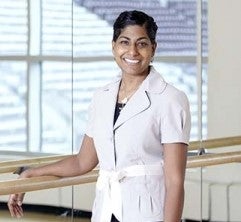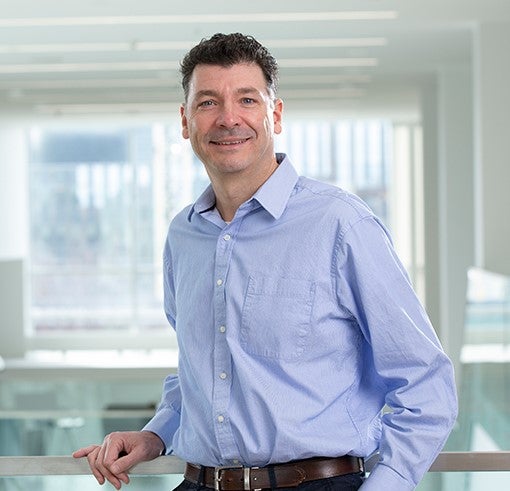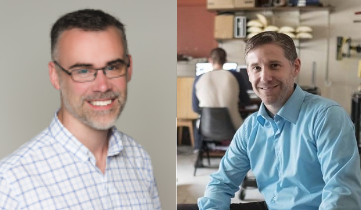NAR has made a pivotal impact in advancing aging research at the University of Waterloo, with a 700% return on investment, and millions of research dollars and opportunities coming back to our institution.
NAR has funded 34 research projects, many of which included new cross faculty collaborations. Through these calls, grant recipients have leveraged $498,000 in catalyst grant funding to secure $3,600,000 in external grants, building off of their NAR-funded work. They have also trained more than 80 HQP, published 30 manuscripts, presented at numerous conferences and attracted media attention. The most recently funded projects are still in the early stages, so the impact statistics will continue to grow as we receive updates from our researchers.
Here we highlight just a few of our amazing NAR researchers and their important work.

Prof. Monica R. Maly is Associate Professor of Kinesiology and the Director of the Mobilize Clinical Biomechanics Lab at the University of Waterloo. She and her team were awarded a NAR Catalyst Grant in 2019 for her work designing aerobic exercise to protect knee cartilage in older adults with knee osteoarthritis.
Her project entitled 'Move well, live well: Using the science of movement to promote better living with osteoarthritis' has gone on to secure $100,000 CIHR Priority Announcement award and a $450,000 Arthritis Society Stars Career Development Award to improve care for knee osteoarthritis.
"Osteoarthritis (OA) is the most common from of arthritis and it is on the rise. Inactivity, obesity, and abnormal movements in the joint make knee OA worse. Dr. Monica Maly is using movement science to help people with knee OA tackle these problems and move more with less pain. She will tailor exercise plans for knee OA and combine them with a nutrition program to manage a healthy weight. Dr. Maly will also design and test a strategy to help people stick to these programs in the long term, and work to implement these programs in the community. Ultimately, this research will help improve quality of life for people with OA."

Prof. Mark Oremus is an Associate Professor in the School of Public Health Sciences at the University of Waterloo and was the recipient of a 2018 NAR Catalyst Grant for his work examining the relationship between social support availability and cognitive function in middle- and older-aged adults.
This work has recently landed Prof. Oremus a Healthy Aging Grant worth ~$206,000 CAD (CHF 157,000) from the Velux Stiftung.
"The project examines if functional social support availability is associated with cognitive function in middle and older aged adults. The project will draw upon data from the Canadian Longitudinal Study on Aging (CLSA), a national study of 45-85-year-old persons in Canada. Functional social support includes the level of companionship, emotional support, and instrumental assistance (example, someone who can take you to the doctor or shopping when needed) available to people. Two types of cognitive function, memory and executive function will be measured. The research team will employ a range of analyses in this study, including spatial analysis to identify geographical areas that could benefit from targeted social support interventions. The findings will be reported to policymakers and advocacy groups, in addition to researchers."

Prof. Thomas Willett is an Assistant Professor in the department of Engineering at the University of Waterloo, and the Director of the Waterloo Composite Biolmaterial Systems Lab and Prof. Andrew Laing is an Associate Professor of Kinesiology, and the Director of the Injury Biomechanics and Aging Lab. In 2017, they received a NAR Catalyst Grant for macro-and tissue-level investigation into the effects of age and disease on bone quality, bone collagen connectivity, fracture toughness and hip strength.
Their work was subsequently awarded $653,157 over four years from the Canadian Institutes for Health Research (CIHR).
"This project investigates the effects of aging on the mechanical properties of the femur, specifically the femoral neck, as well as develop an oxidative stress model that mimics the effects of ageing on bone collagen connectivity and fracture toughness, all to better understand the underlying mechanics of hip fractures in old age."